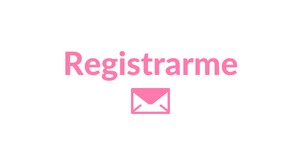Many desktop publishing programs enable you to make custom paper sizes. Employing the standard paper sizes for most printing jobs may be time consuming and inefficient. Frequently you may not have the specific specifications required for the project. Additionally, standard paper sizes are not always a fantastic grammar and punctuation checker choice for creating lovely layouts. This is where custom paper sizes come in handy.
It is possible to discover several different custom paper sizes from the printer, and some of the more popular ones include Futura, Post-iture, and Coverpage. To learn the ideal custom dimensions for comma checker online your particular project, you will need to do some exploring on your own. Some printers will list the custom paper sizes they supply on the websites, but you can also ask your seller for advice. Most vendors have their own toll free numbers or websites in which they usually provide help with finding the ideal customized paper sizes.
If your printer does not have a custom paper size record, you can ask your vendor for a listing of commonly recommended and used dimensions. Then, using the User Defined Paper dimension feature, you can discover a user defined file size at the Control Panel options. It’s important to place this first, so that the document you are about to create will be acceptable from the printer. It should also be mentioned that in the event that you plan on printing in colour, you may need to pick the grayscale option in your record settings.
As soon as you’ve found your custom paper sizes, you’ll want to go into the print preferences dialog box and then set the printer to use these sizes. This usually only takes a few seconds. Typically, once you’ve chosen the right paper size installation, a small quantity of space will be opened in front of the chosen document. Now you can begin printing.
This process can get the job done precisely the same way in the majority of the other printers that are common. But, not all the printers support the full selection of sizes now available. In this case, you might need to look at the guide or contact the manufacturer to inquire about different sizes. Some printers can support each of the standard sizes, while others might only support some of them.
The other option is to obtain special paper sizes from third-party suppliers. This may work, but it’s a lot more costly than doing it all yourself. Most providers charge an arm and a legas they must pay to have the exceptional paper dimensions printed. In most cases, the quality of these types of providers is inferior, so the price you pay will almost always be more than you’d pay to put in the printer yourself. For many, however, the extra money is well worth it for the convenience and capacity to control large quantities of documents.



